12 Reasons Manual Transmissions Beat Automatics And 12 Cars That Prove It
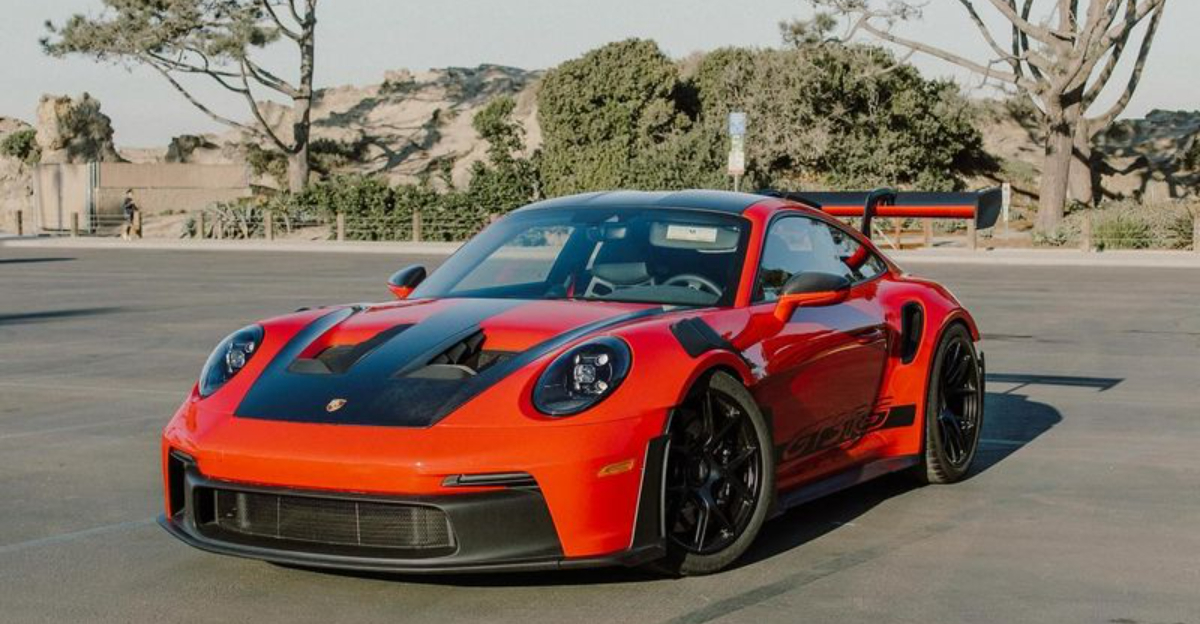
There’s something deeply satisfying about rowing through gears, feeling every shift connect like a well-timed drumbeat.
I once borrowed a friend’s manual Civic just to remind myself what driving used to feel like – no distractions, no lazy shifting, just me and the machine in perfect sync.
Within minutes, I was grinning like a kid who’d just discovered a secret level in a video game.
Manuals aren’t just old-school. They’re engaging, visceral, and often bring out the very best in a car. Some vehicles just don’t feel right unless you’re the one doing the shifting.
1. Greater Driver Control
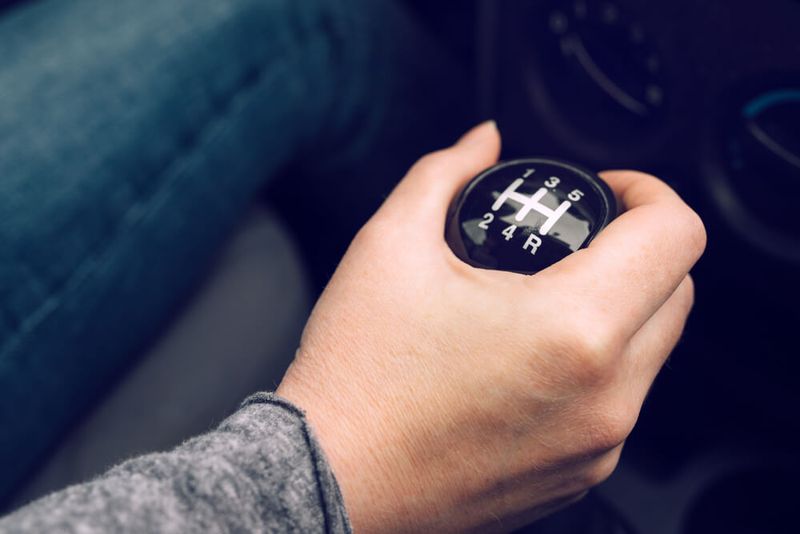
Nothing beats the feeling of having complete command over your vehicle’s power delivery.
With a manual, you decide exactly when to shift, allowing precise control in challenging conditions like snow or steep hills.
You can downshift preemptively before corners or upshift quickly for passing maneuvers.
This direct connection between driver and machine creates a more intuitive driving experience that automatic transmissions simply can’t replicate.
2. Better Fuel Economy
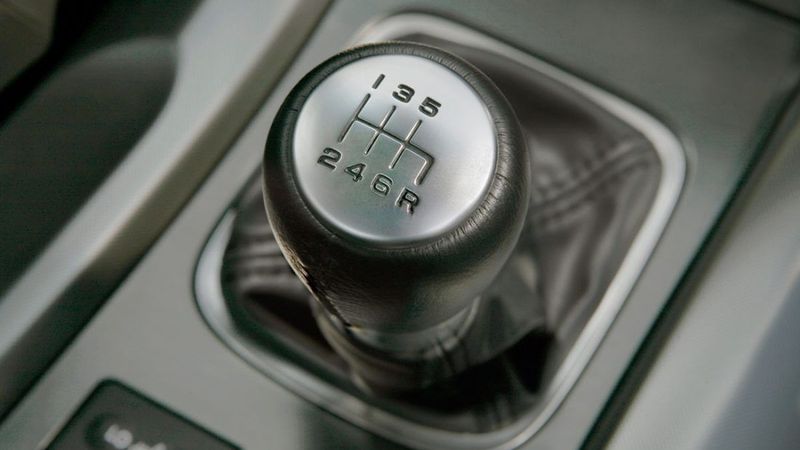
Manual transmissions historically sipped less fuel than their automatic counterparts.
A skilled stick-shift driver can maximize efficiency by shifting at optimal RPMs, especially in older vehicles where the difference was most pronounced.
Modern automatics have narrowed this gap with advanced technology, but many manual cars still hold an edge.
The weight savings alone—often 50+ pounds lighter—contributes to better mileage in many models.
3. Lower Maintenance Costs

Clutch replacements might seem expensive, but they’re actually a bargain compared to fixing an automatic transmission.
Manual gearboxes have fewer complex components and electronic systems to fail, resulting in significantly lower repair bills over a vehicle’s lifetime.
A typical clutch job runs $700-1,500, while automatic transmission repairs often start at $2,000 and can exceed $4,000.
Plus, many stick-shift drivers can go 100,000+ miles before needing clutch work.
4. Cheaper Purchase Price
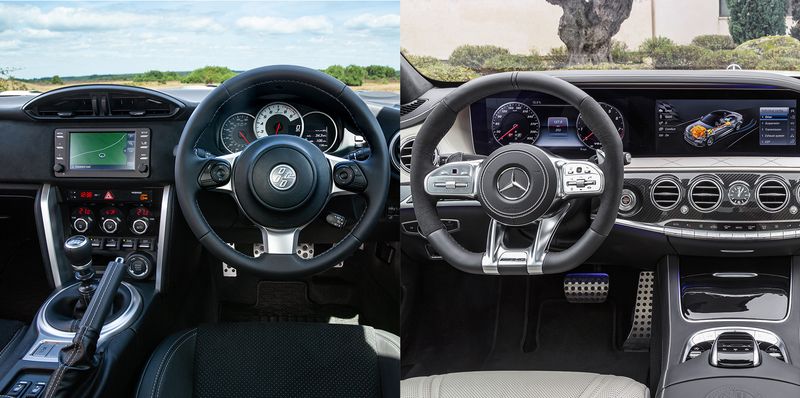
The sticker shock is real when comparing identical models with different transmissions.
Manufacturers typically charge $800-$2,000 more for automatic options, padding their profit margins considerably.
This price difference isn’t just at purchase—it extends to insurance premiums too.
Manual transmission vehicles often cost less to insure because they’re statistically less likely to be involved in certain types of accidents and cost less to repair when damage occurs.
5. More Engaging Driving Experience

The symphony of engine revs, clutch engagement, and the satisfying *click* of slotting into gear creates a driving experience that borders on magical.
Each successful shift delivers a tiny dopamine hit that automatic drivers never experience.
Manual driving demands presence and focus, turning even mundane commutes into active experiences.
Your body develops muscle memory, creating a dance between feet and hands that connects you physically to the machine in ways automatic transmissions simply cannot.
6. Better Performance Feel
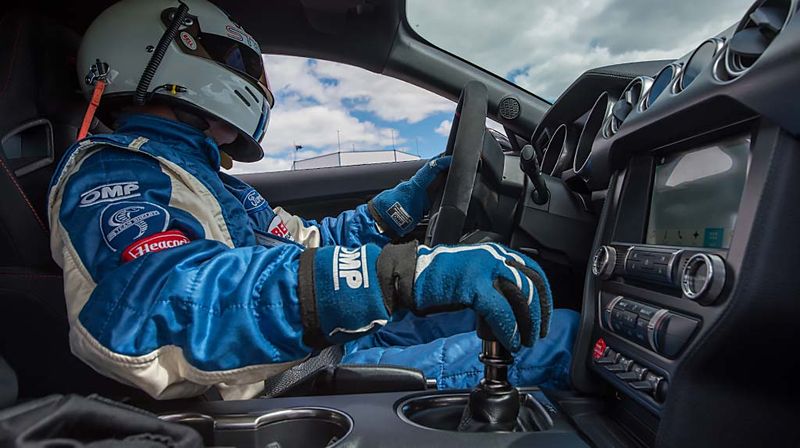
Acceleration feels more visceral when you control the shifting points.
Manual transmissions let you hold gears longer, squeeze every ounce of power from each RPM range, and experience the raw surge of torque during perfectly timed shifts.
The mechanical connection creates immediate feedback that electronic automatics filter out.
Even when modern automatics might post faster track times on paper, the hands-on involvement of a manual makes the car feel quicker and more responsive to the driver.
7. Easier DIY Repairs
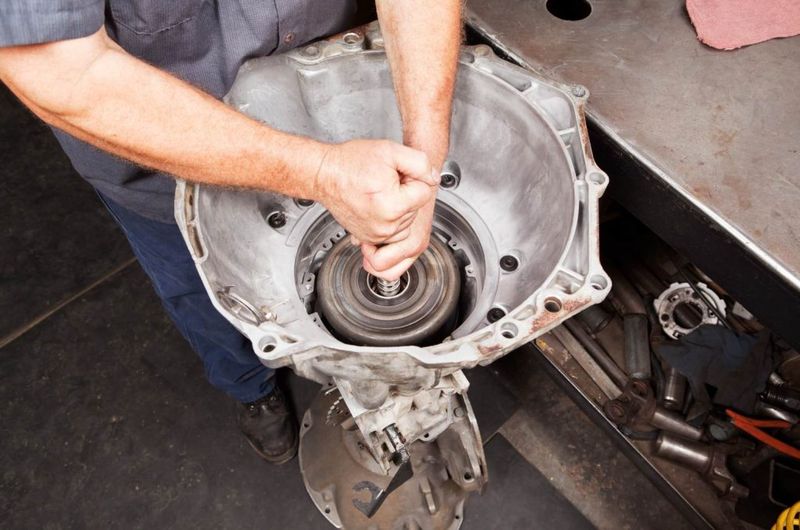
Weekend warriors rejoice! Manual transmissions remain one of the last bastions of DIY-friendly car components.
Their relatively simple design means shade-tree mechanics can tackle many repairs with basic tools and some mechanical aptitude.
Clutch replacements, while labor-intensive, don’t require specialized computer equipment or dealer-only parts.
Fluid changes are straightforward, and many troubleshooting steps can be performed without expensive diagnostic tools that automatic transmissions demand.
8. Less Likely To Be Stolen
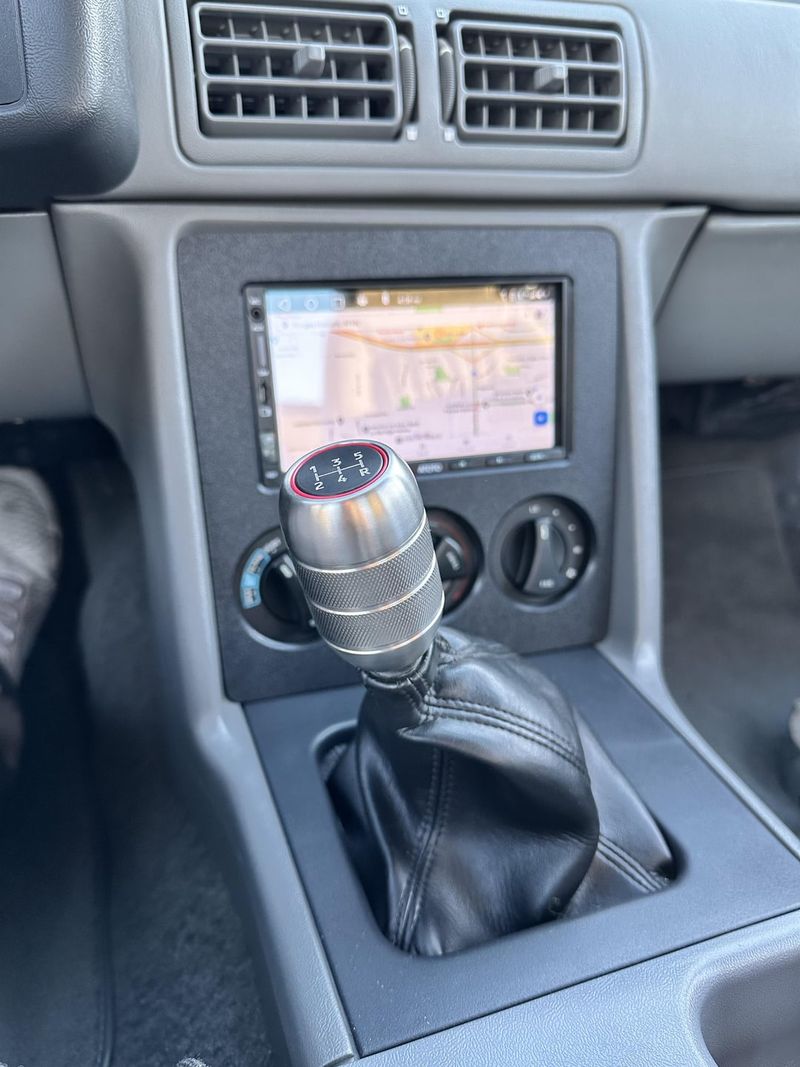
Car thieves today often lack the skill to drive stick shifts, turning your manual transmission into an unexpected anti-theft device.
Police reports frequently mention abandoned theft attempts when criminals discover they can’t operate the clutch.
A manual transmission can be particularly valuable in high-theft areas or for desirable vehicle models.
The National Highway Traffic Safety Administration has even noted this phenomenon in theft statistics, showing manual vehicles have lower theft completion rates in certain regions.
9. Lightweight Design

Every pound matters when it comes to performance and efficiency. Manual transmissions typically weigh 50-100 pounds less than their automatic counterparts, improving power-to-weight ratios significantly.
This weight advantage affects everything from acceleration to braking distance.
Sports car manufacturers particularly value this benefit, as it improves handling dynamics by reducing unsprung weight and often allows for better weight distribution between the front and rear axles.
10. Improved Engine Braking

Downshifting a manual transmission creates natural deceleration that can save your brakes on long descents.
Mountain drivers particularly appreciate this benefit when navigating steep grades without overheating brake components. The control is immediate and proportional to engine RPM.
Unlike automatic transmissions that might hunt between gears or delay downshifts, manuals let you select exactly which gear provides the optimal engine braking effect for any situation.
11. Quicker Throttle Response
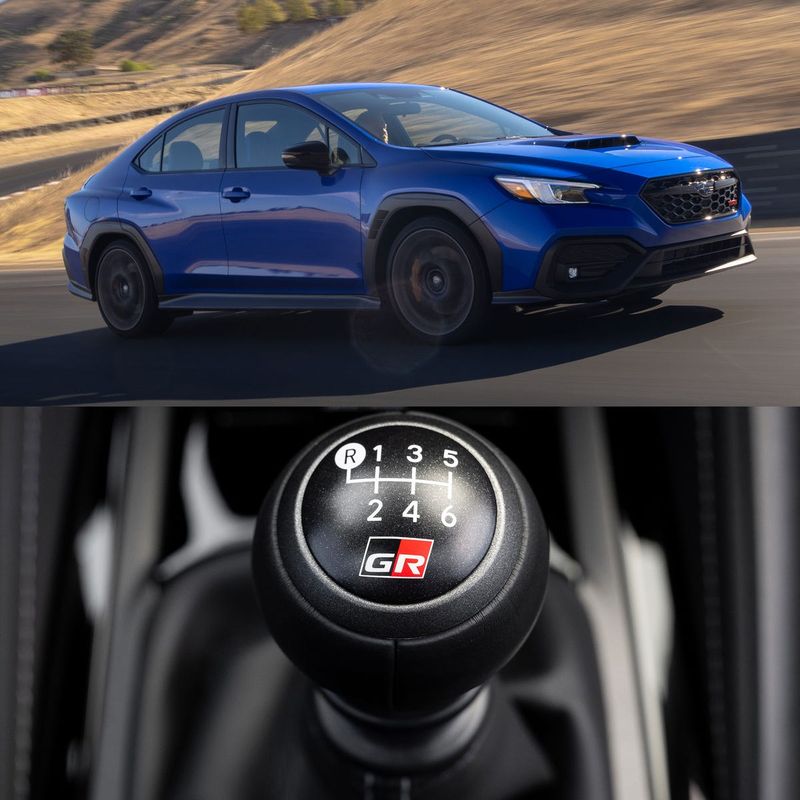
Press the gas pedal in a manual car and you’ll feel an immediate connection to the drivetrain.
Without a torque converter or complex valve body to siphon power, manual transmissions deliver throttle inputs directly to the wheels.
This responsiveness is particularly noticeable when quickly accelerating from low speeds.
Where automatics might hesitate while deciding which gear to select, manuals respond instantly to driver commands, creating a more predictable and satisfying acceleration curve that performance enthusiasts crave.
12. Long-lasting Reliability
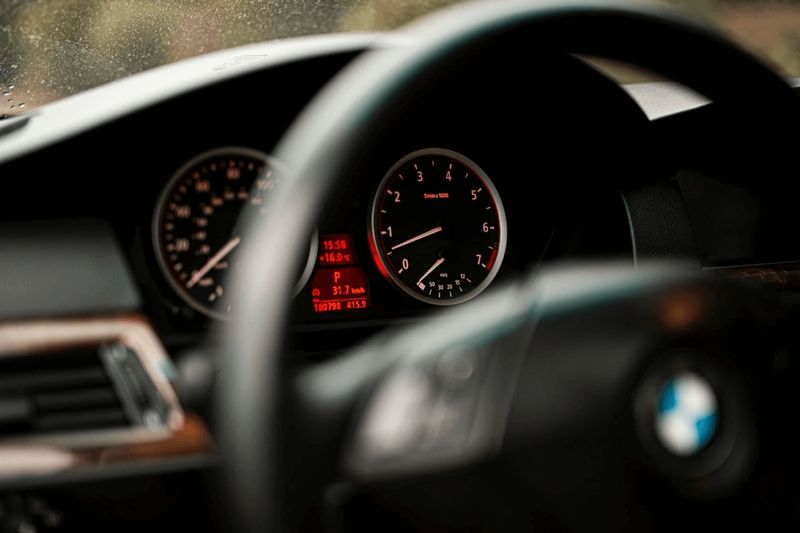
Manual transmissions often outlast the vehicles they’re installed in. Their simpler construction means fewer points of failure and greater durability under stress.
Legendary examples abound—Toyota pickups with 300,000+ miles on original clutches, Porsche manuals that handle decades of spirited driving.
The lack of complex electronic controls also means vintage manuals remain serviceable decades later, while early automatics often become parts-sourcing nightmares as they age.
13. Mazda MX-5 Miata
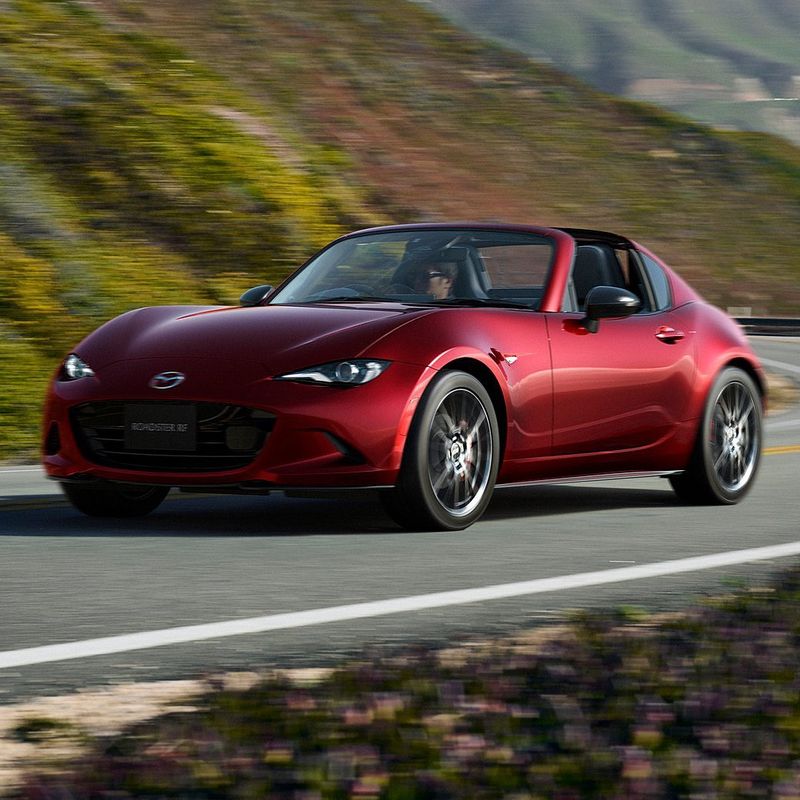
The Miata’s short-throw shifter clicks through gears with the precision of a bolt-action rifle.
Since 1989, this roadster has been the gold standard for affordable sports cars, delivering pure driving joy through its perfectly weighted clutch and direct shifter.
Weighing just 2,400 pounds, the manual Miata makes the most of its modest power by keeping drivers fully engaged in the experience.
The latest generation’s six-speed transmission perfectly complements the car’s balanced chassis, creating harmony between driver inputs and vehicle responses.
14. Honda Civic Type R

Honda engineers created shifter perfection in the Type R. Its aluminum shift knob connects to one of the most precise transmissions ever made, with short throws and a mechanical click that feels like operating precision machinery.
The Type R’s close-ratio six-speed perfectly harnesses its turbocharged engine, keeping it in the power band through corners.
Honda’s rev-matching feature blips the throttle automatically during downshifts, though purists can disable it to heel-toe the old-fashioned way.
15. Porsche 911 GT3
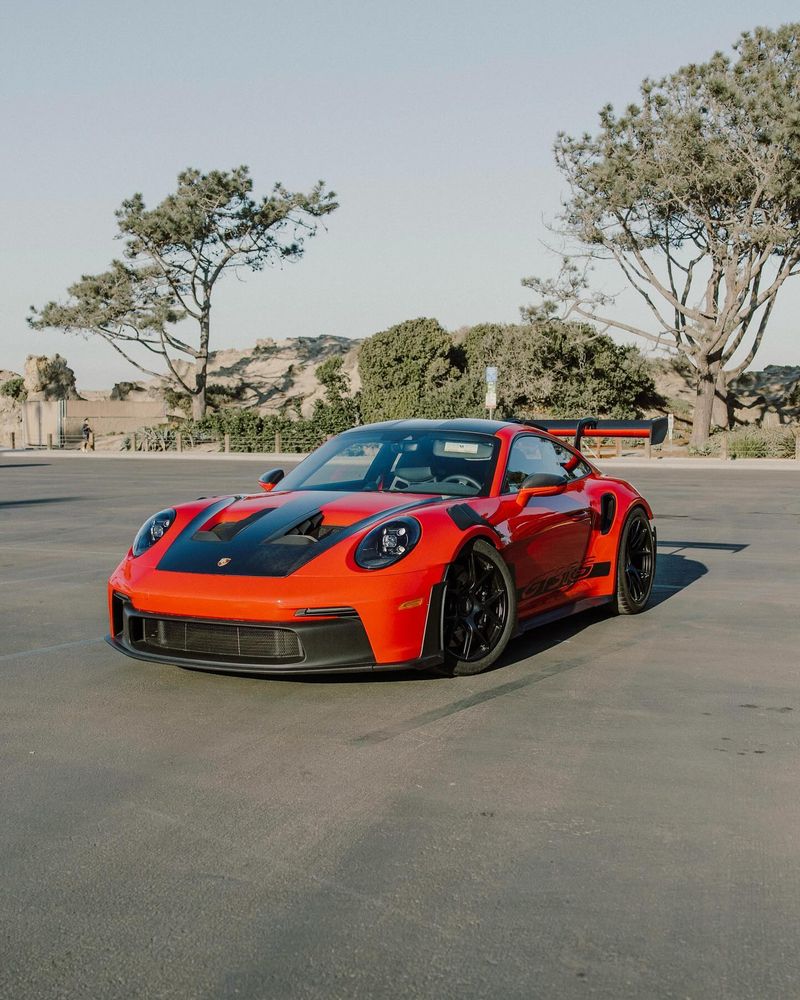
Porsche defied industry trends by bringing back the manual in its track-focused GT3.
When customers revolted after the PDK-only 991.1 GT3, Porsche listened and developed a sublime six-speed manual specifically for driving purists.
The 911’s stick shift transforms the driving experience, requiring driver skill to extract maximum performance. Its mechanical precision makes each shift feel like operating fine Swiss machinery.
The hefty shift knob and perfectly weighted clutch demonstrate why Porsche manuals command premium prices on the used market.
16. Ford Mustang GT
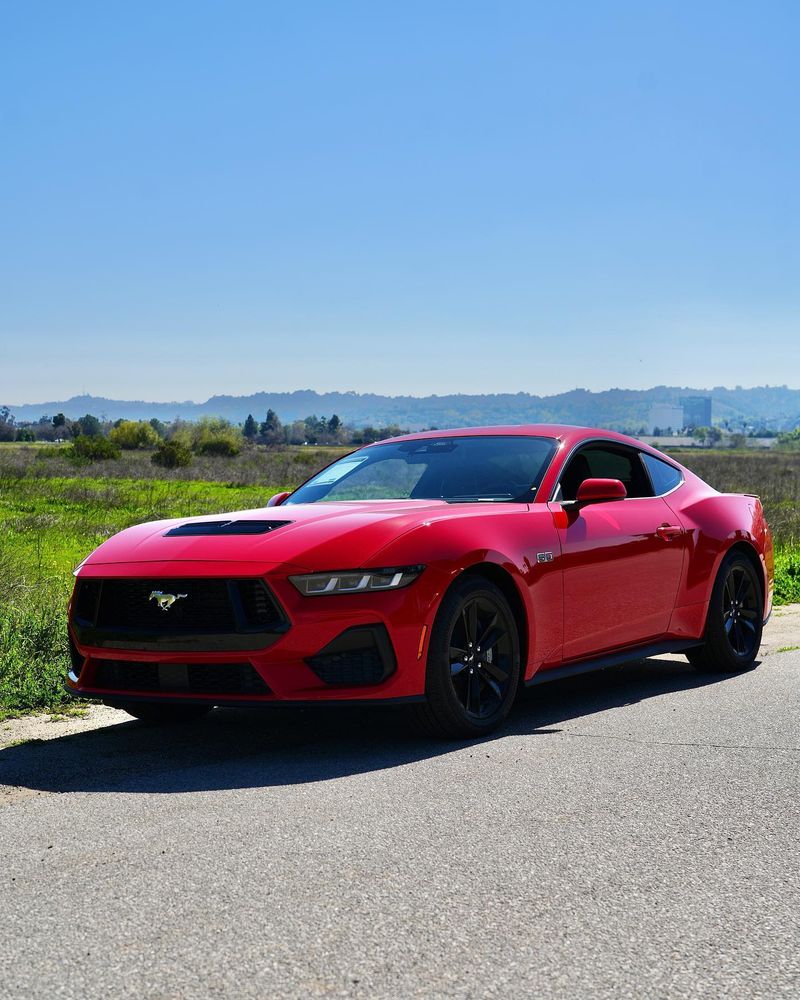
American muscle shines brightest with three pedals. The Mustang GT’s Tremec six-speed pairs perfectly with its thunderous 5.0-liter V8, creating a distinctly American driving experience that’s both brutish and refined.
Ford engineers tuned the clutch for daily drivability while maintaining enough feedback for spirited driving. The shifter’s mechanical action requires deliberate movement, reinforcing the car’s muscular character.
Modern refinements like rev-matching help tame the powerful V8 without diluting the raw connection between driver and machine.
17. Subaru WRX

Rally heritage flows through every shift of the WRX’s notchy six-speed. The clutch engagement point is perfectly calibrated for quick launches on any surface, from pavement to gravel to snow.
All-wheel drive traction combined with manual control creates a uniquely confidence-inspiring driving experience.
Enthusiasts particularly love how the manual WRX lets drivers manage power delivery through corners, using subtle throttle and clutch inputs to adjust the car’s attitude mid-turn.
18. Toyota GR86
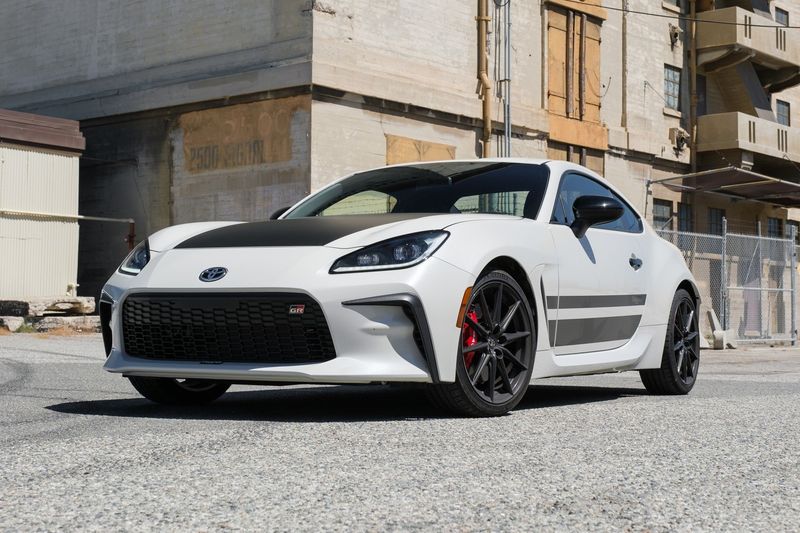
Toyota’s lightweight sports coupe proves manuals aren’t just for high-horsepower cars. The GR86’s six-speed transforms its modest 228 horsepower into pure joy through mechanical precision and short throws.
The clutch pedal weight perfectly matches the car’s character—light enough for daily driving but with enough feedback for performance situations.
Toyota’s attention to detail extends to pedal placement, ideally positioned for heel-toe downshifting during spirited driving sessions.
19. Chevrolet Camaro SS
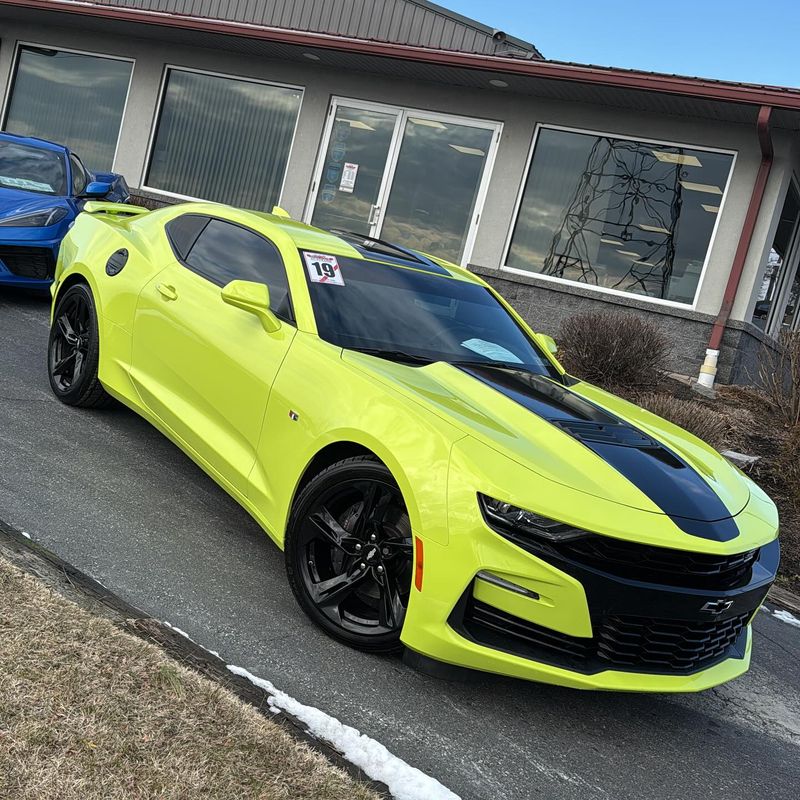
Rowing gears in the Camaro SS connects drivers to America’s performance heritage.
The Tremec six-speed transmission handles the LT1 V8’s substantial torque without complaint, delivering satisfying mechanical feedback with each shift.
Chevrolet engineers tuned the clutch for progressive engagement, making it surprisingly manageable in traffic despite the powerful engine behind it.
The shifter’s substantial throws reinforce the car’s muscular character while allowing quick gear changes during aggressive driving.
20. Volkswagen Golf GTI
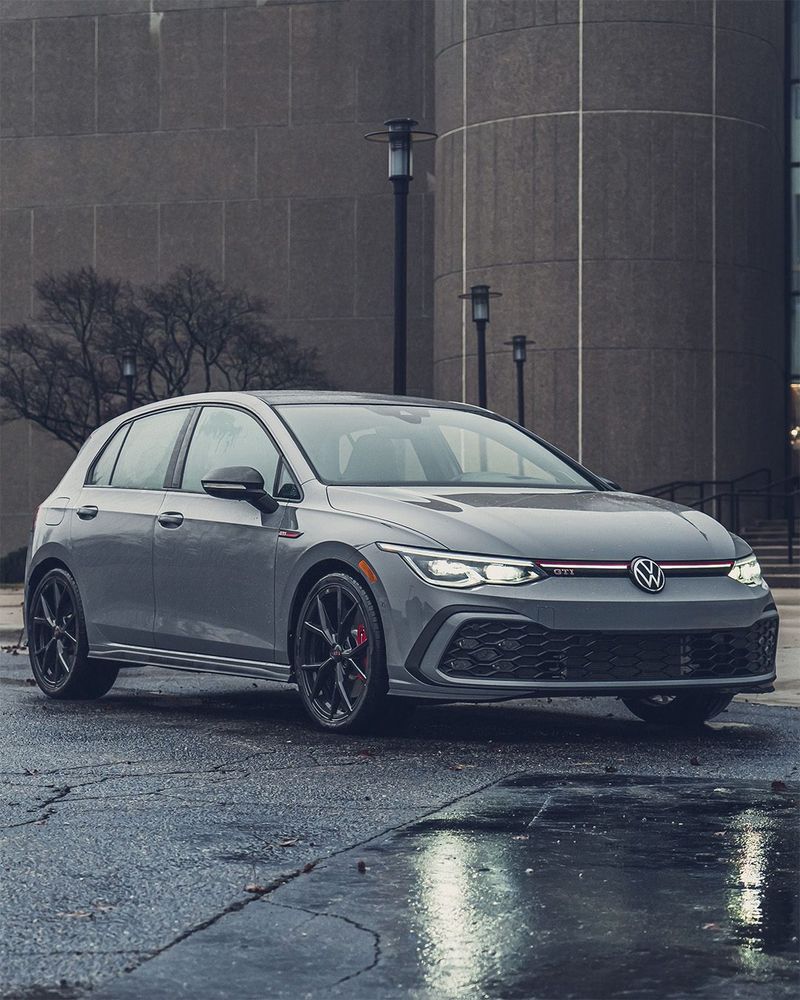
The GTI’s six-speed manual elevates the hot hatch experience to artform status. Volkswagen’s engineering shines through the precise gate, short throws, and perfectly weighted clutch that make every shift satisfying.
Daily commutes become engaging behind the GTI’s wheel. The transmission’s versatility matches the car’s dual personality—civilized enough for traffic but ready to dance when the road opens up.
Its light clutch and forgiving engagement point make it an ideal vehicle for teaching newcomers the joy of manual driving.
21. BMW M2

German precision engineering defines the M2’s six-speed manual. The meaty shifter requires deliberate movement, rewarding drivers with mechanical clicks that feel like operating precision machinery.
BMW’s attention to detail extends to the clutch pedal, which offers progressive resistance that communicates exactly when engagement occurs.
The M2’s transmission transforms the turbocharged inline-six’s power delivery, allowing drivers to extract maximum performance through perfectly timed shifts that automatic drivers simply can’t replicate.
22. Dodge Challenger R/T
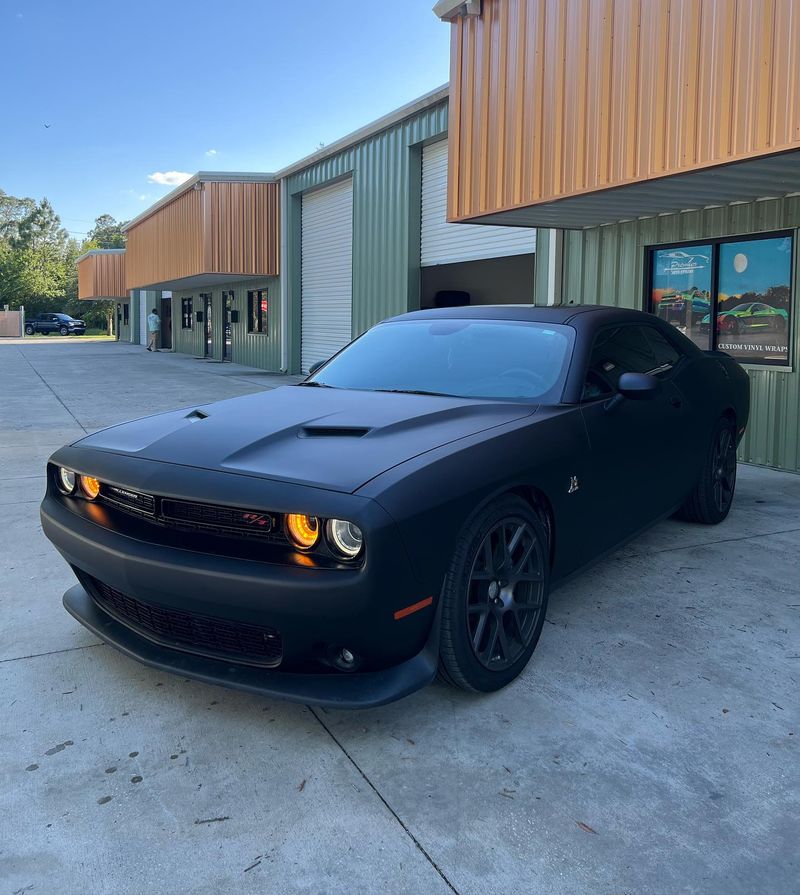
Grabbing gears in the Challenger connects drivers to America’s muscle car golden era.
The Tremec six-speed’s substantial shifter requires authoritative inputs, perfectly matching the car’s brash personality and HEMI V8 rumble.
Despite its size, the Challenger’s manual transmission makes it feel more nimble and connected. The pistol-grip shifter design pays homage to Mopar heritage while providing excellent leverage for quick shifts.
Clutch engagement happens with a satisfying mechanical certainty that reinforces the car’s old-school appeal.
23. Acura Integra Type S

Acura revived the Type S with a six-speed manual that honors the brand’s performance heritage.
The shifter’s action recalls the legendary Integras of the 1990s—short throws, mechanical precision, and a satisfying *snick* between gears.
Honda’s engineering excellence shines through the perfectly weighted clutch and rev-matching capability.
The transmission transforms the turbocharged engine’s character, allowing drivers to keep the boost pressure exactly where they want it through corners and straightaways alike.
24. Nissan Z

Nissan’s latest Z continues its manual transmission legacy with a close-ratio six-speed that perfectly complements its twin-turbo V6.
The shifter action combines just enough mechanical resistance with smooth transitions between gates.
Performance drivers appreciate the rev-matching feature that blips the throttle perfectly during downshifts.
The clutch pedal offers progressive resistance that communicates exactly when engagement occurs, making smooth shifts intuitive whether cruising boulevards or attacking track days.
